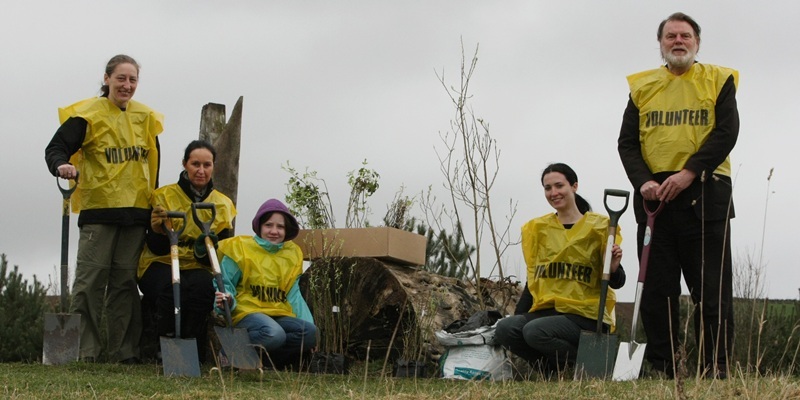Story, visuals, controls: criticisms of the first game are levelled at its successor but an increased sense of childish fun make up for some deficiencies.
Many people’s attitudes to the 2007 Realtime Worlds title Crackdown were formed after having bought the game for varying reasons: Rockstar North was a year away from releasing the first instalment of runaway success Grand Theft Auto for a next-generation console; Microsoft bundled Halo 3 beta access codes with the package; and there was a paucity of titles with the same sort of play in depth that Crackdown offered.
Most were delighted and surprised by how charming if rough around the edges the game was, and a large percentage of these same gamers have looked out for any sequel. This is proved by how quickly MS Game Studios commissioned one.
Crackdown 2, by Dundee developer Ruffian Games, continues the premise of the Xbox 360 original faithfully. The sequel picks up in futuristic Pacific City, 10 years after shadowy organisation The Agency has cleaned up a serious crime problem.
The player is given control of an augmented Agent, the product of even more shadowy cloning technology, and tasked with clearing up a far worse situation. The city has in large parts come under the control of terrorist group Cell by day, and an unending wave of infected, mutant Freaks by night.
Any moral decisions the player takes is reserved for whether to take milk in their tea during a break, as The Agency’s adversaries are unremittingly bad. Where other sandbox games like GTA IV are often maligned for their casual approach to violence on in-game innocents and civilians, I find that their point is in allowing players to see how fruitless their non objective-related actions are.
Crackdown 2 has friendly police units turn on the player for a short time only should they commit a crime, although the populous nature of Pacific City means that an intense fight with baddies always causes “collateral damage.”
I didn’t feel that I had much of element of choice in Crackdown 2, something that is not helped by a very poor targeting system, even weaker than the original title’s. In a three-way fight with Cell and Freaks as the sun rises which looks stunning the Agent’s auto-target latches on to cars instead of enemies, and often results in most of the screen being filled by exploding cars.
Where friendly units are involved (civilians can’t be targeted) their cars are usually first to go, which somehow merits two minutes of fighting all three sides.
Having criticised the auto-target, which frankly has to be fixed, the control scheme can’t be faulted and I took a great deal of enjoyment in merely navigating my Agent around the city, leaping huge buildings with a single bound, etc.
The collection of agility orbs increases the character’s attributes and eventually causes enemies to be little more than a distraction. At higher levels, jumping hundreds of feet off Agency Tower, I had a Nietzschean moment where the game’s objectives ceased to be of any concern. GTA San Andreas had a similar revelatory moment on discovering the parachute.
In that game, it was hard to find any compelling story to lure me back, and this is something I found true about Crackdown 2, but this is not necessarily a bad thing.PiratesWhere a title is often made or broken by its plot, Ruffian has decided to strip everything about the sandbox back to its essence, and hope the player falls in the love with the mechanic. Things are there for the player to achieve, impossible at first; a scissors-paper-stone dynamic is there to be exploited or ignored; the world becomes an epic-scale version of the school activity classic “Pirates.”
Instead of gym mats there are bad guys, while benches are replaced by pipes, aqueducts and skyscrapers. It’s massive fun and bears out the decision to strip back the model to its bare bones.
The sequel has had a slight overhaul to its visuals, which I reacted to in different ways. The city planning remains the same in most part, which is a delight. Additional details have been modelled on buildings and terrain, and the draw distance is one of the best seen on a console.
Despite this, cell shading is still heavily used to disguise a dated game engine and character models. From a distance, the game world looks beautiful, but enemies have a blanched palette and rely on outlining to differentiate themselves from the world.
I found the narrator to be a little grating, although the game is punctuated by fantastical scenes of action, and his booming tones act as a macho reminder that “I did that.”
Crackdown 2 is in most ways an improvement on the original, although it is puzzling why existing gripes have remained unresolved. There are even a couple of things I didn’t like which have been added, for good measure.
To damn the game with faint praise, I’d used the term “refinement” over “improvement.” The first game sold millions of copies, and Crackdown 2 will be well-received by a large number of existing fans. It will probably win some converts, but Ruffian please fix the targeting.
